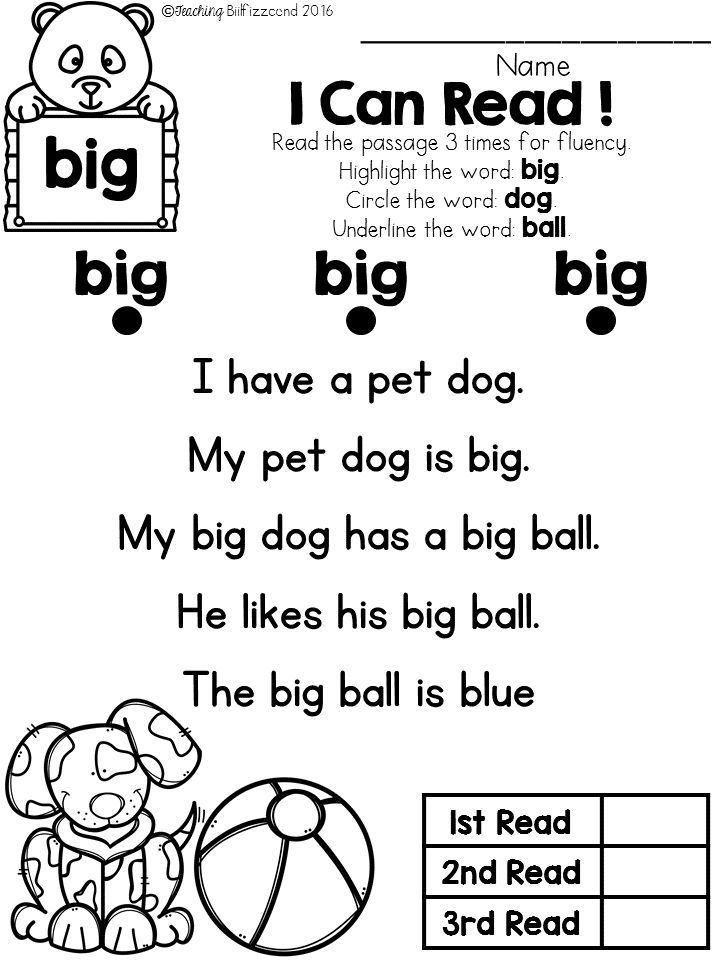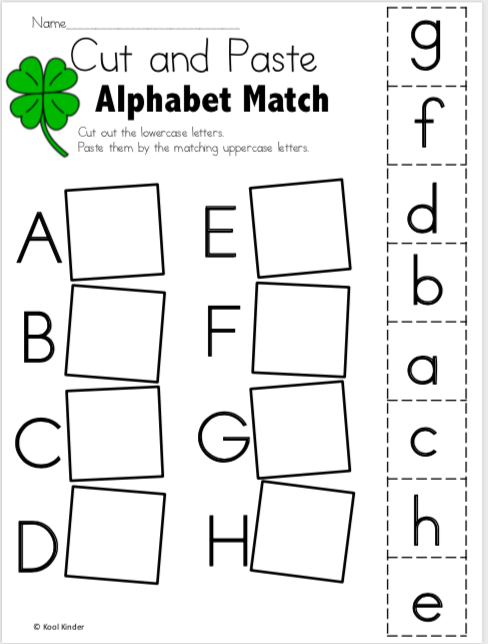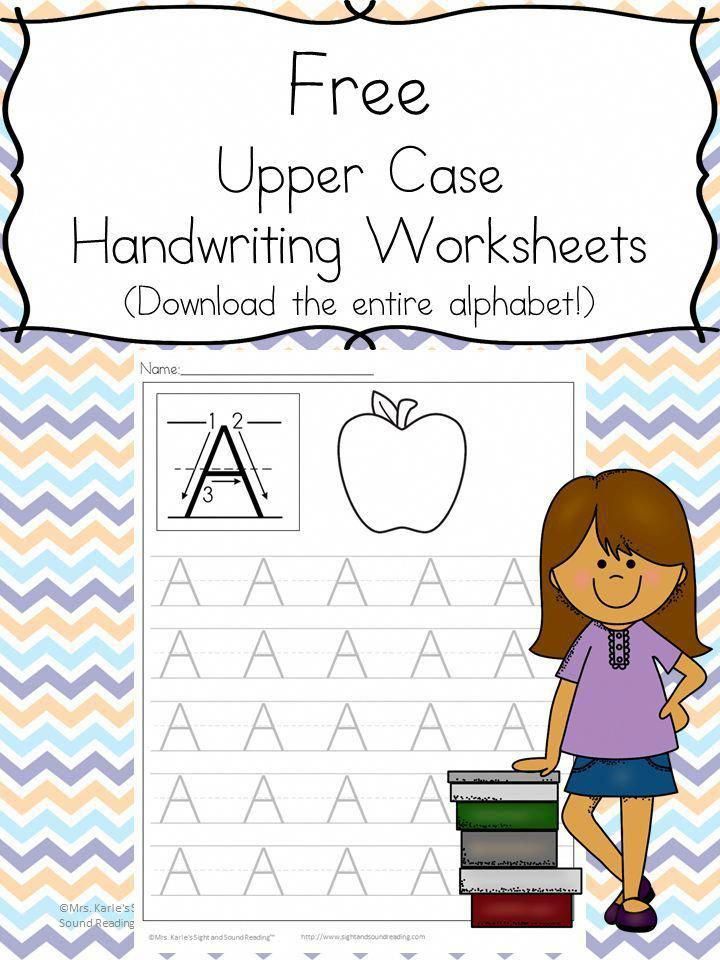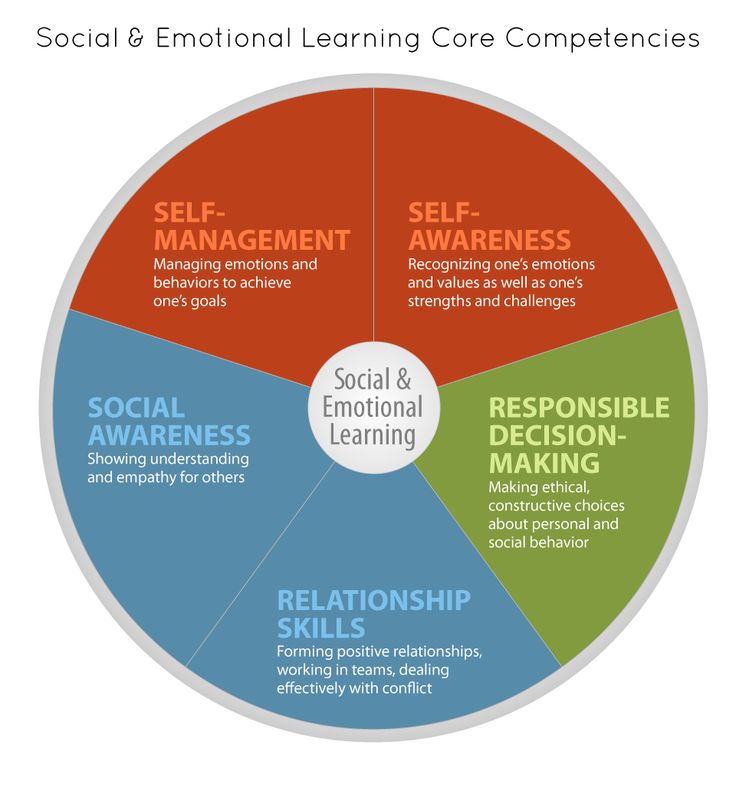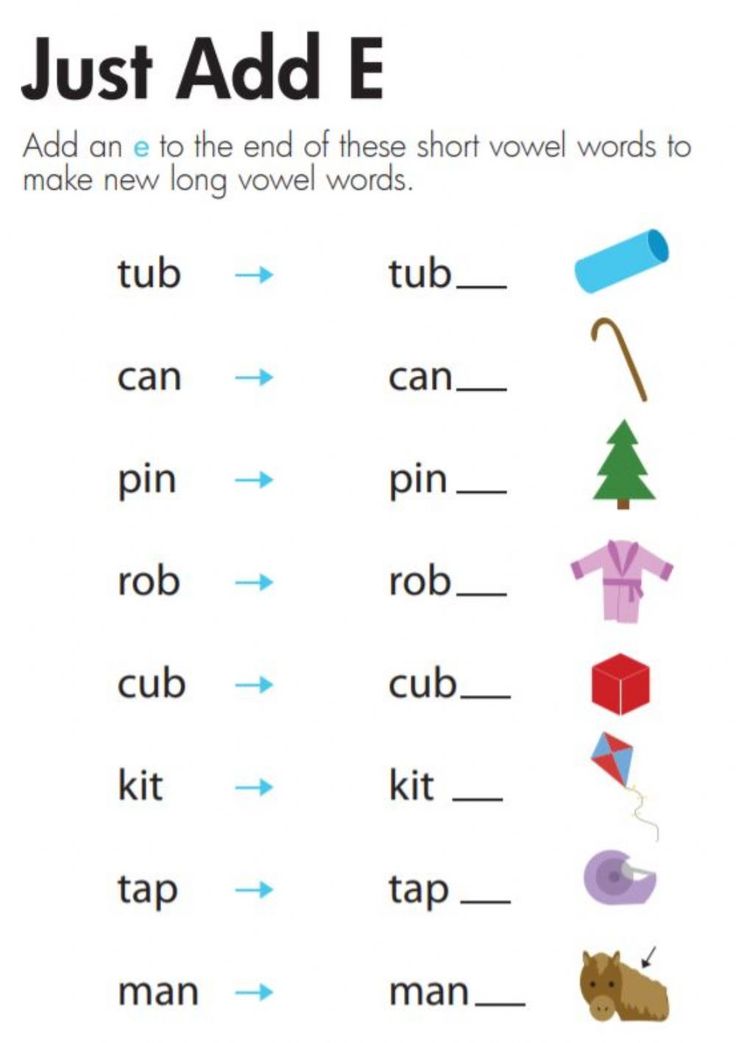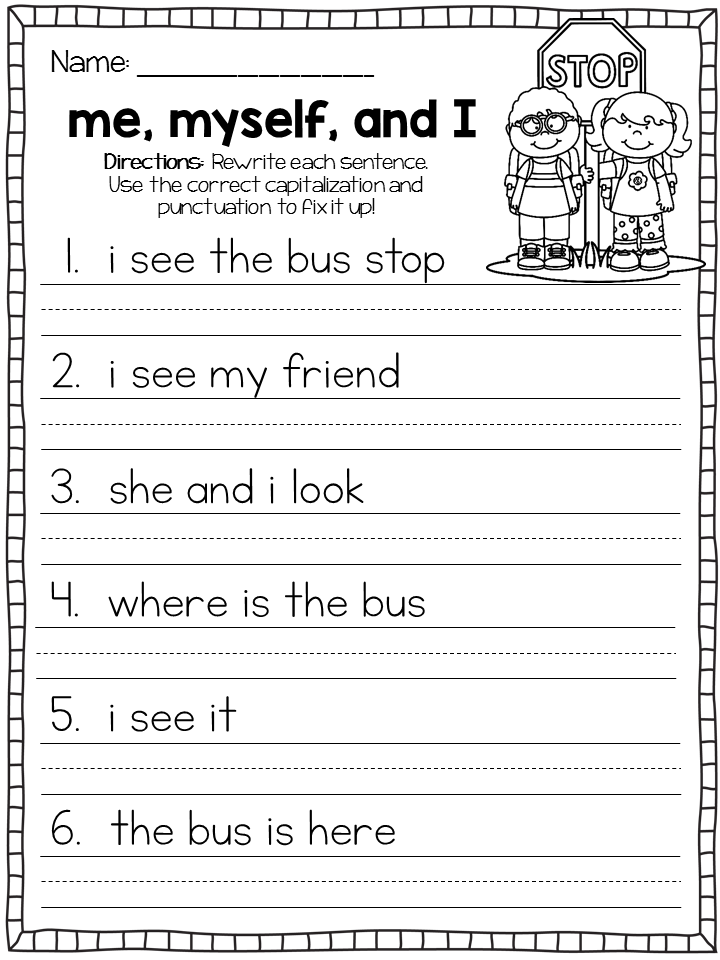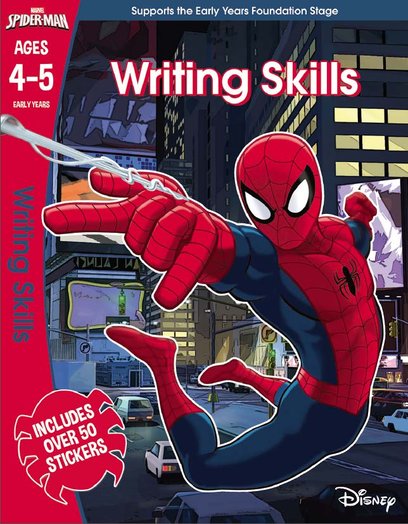The letter a story
Meet the Letter A
None Introducing an absolutely awesome way to learn the about the letter A! It’s an animated story and all the most important words in the story begin with, you guessed it, the letter A! It seems there is an astronaut who has a magical Allosaurus dinosaur that can turn into a spaceship! There is also a very special apple named Apple A! After the story ends, you’re challenged to name all the A words you found in the story. Introducing an absolutely awesome way to learn the about the letter A! It’s an animated story and all the most important words in the story begin with, you guessed it, the letter A! It seems there is an astronaut who has a magical Allosaurus dinosaur that can turn into a spaceship! There is also a very special apple named Apple A! After the story ends, you’re challenged to name all the A words you found in the story. show full description Show Short DescriptionKindergarten
Find short stories with pictures that are great for kindergarten reading level. Your child can learn about all the letters in the alphabet in the Meet The Letter series and learn to count in Monster Birthday Surprise.
view all
Meet the Letter A
Meet the Letter B
Meet the Letter C
Meet the Letter D
Meet the Letter E
Meet the Letter F
Meet the Letter G
Meet the Letter H
Meet the Letter I
Meet the Letter J
Meet the Letter K
Meet the Letter L
Meet the Letter M
Meet the Letter N
Meet the Letter O
Meet the Letter P
Meet the Letter Q
Meet the Letter R
Meet the Letter S
Meet the Letter T
Hamsters Holding Hands
Monster Music Factory
Monster Birthday Surprise
One membership, two learning apps for ages 2-8.
TRY IT FOR FREE
Full Text
Now we’re gonna hear a story with words which start with A. A line here, a line here, and then across. That is the uppercase A. A circle and then a line down like this. That is lowercase a. It is the start of the A, B, C. Some words start with the letter A are . . . apple, astronaut, Allosaurus. We are gonna hear a story. Once upon a time, the astronaut had this Allosaurus dinosaur, and the Allosaurus turned into a spaceship. Apple A was sitting in the spaceship. Then the astronaut went in the spaceship with still Apple A in it. Then Apple A made the picture of outer space. Apple A went on the backseat. They went to Atlanta! The end. A. What A words did you find in the story?
1
We take your child's unique passions
2
Add their current reading level
3
And create a personalized learn-to-read plan
4
That teaches them to read and love reading
TRY IT FOR FREE
‘The Letter’: a short story
The Letter
Nadine never expected to find anything at these jumble sales, but today was her lucky day.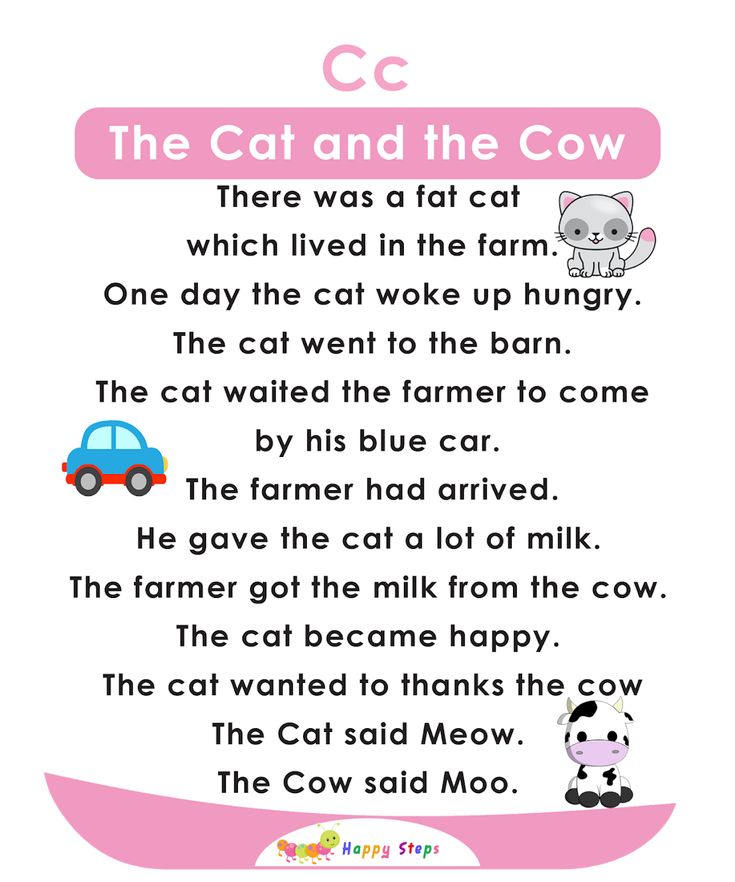 There it was, sitting on top of a pile of generic romances and autobiographies – a stunning copy of Jane Austen’s Emma, hardback and blue as the sky. She picked it up, and addressed the old lady running the stall outside her house: “How much for this book, ma’am?”
There it was, sitting on top of a pile of generic romances and autobiographies – a stunning copy of Jane Austen’s Emma, hardback and blue as the sky. She picked it up, and addressed the old lady running the stall outside her house: “How much for this book, ma’am?”
The lady smiled, a friendly smile full of memories: “Oh, Emma – that was my husband John’s favourite story, my dear. If you will cherish the book as he did, then you may take it.”
That evening, Nadine sat on her bed, ready to thumb through the old copy of Emma. She flicked through the pages, and out fell an envelope. She raised an eyebrow – based on the postmark, it was old, aged nearly fifty years. Handwritten, addressed to a lady called Alexa. Her interest was piqued.
She couldn’t resist it – she opened the letter and read the contents.
Dear Alexa,
I’ve known you all of my life, and I’ve always been able to turn to you in my moments of need. Well, I need help now like never before.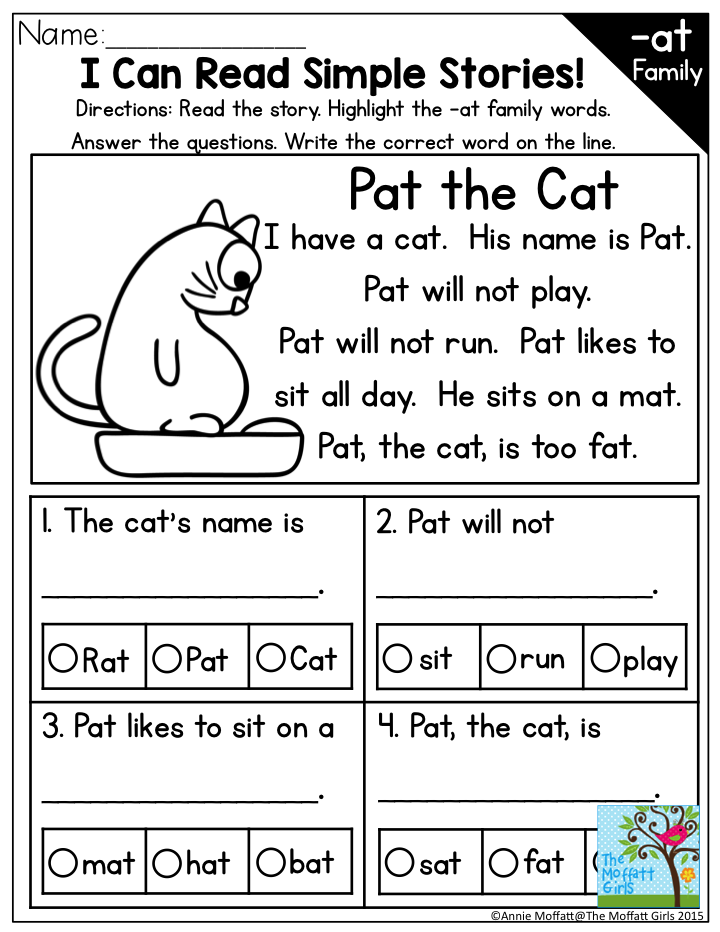
Mum and Dad have been pushing for me to get married, and they’re actually serious about it this time. Problem is, they don’t speak to each other – they’ve both set me up with someone, and now I’m stuck with two fiancées. Mum matched me with her friend’s daughter. You remember Sue from the bakery? Yes, her – her daughter, Evie, is an estate agent. She’s clever, and she makes me laugh so much. If I’d only met her, I could see myself living with her. But then, you’ve got Sam. She’s Dad’s choice, and she looks like Dad’s choice, if you get what I mean – she’s stunning, she really is. Blonde, like a piece of art, and she knows it. We had a great couple of nights together, but where do we go from there?
You see my issue, Alexa. I had a great time with Evie, but was it love? I had a great time with Sam, but will the attraction fade? And, no matter what I do, I’m stuck. If I choose one, I break off the engagement with the other and I break her heart.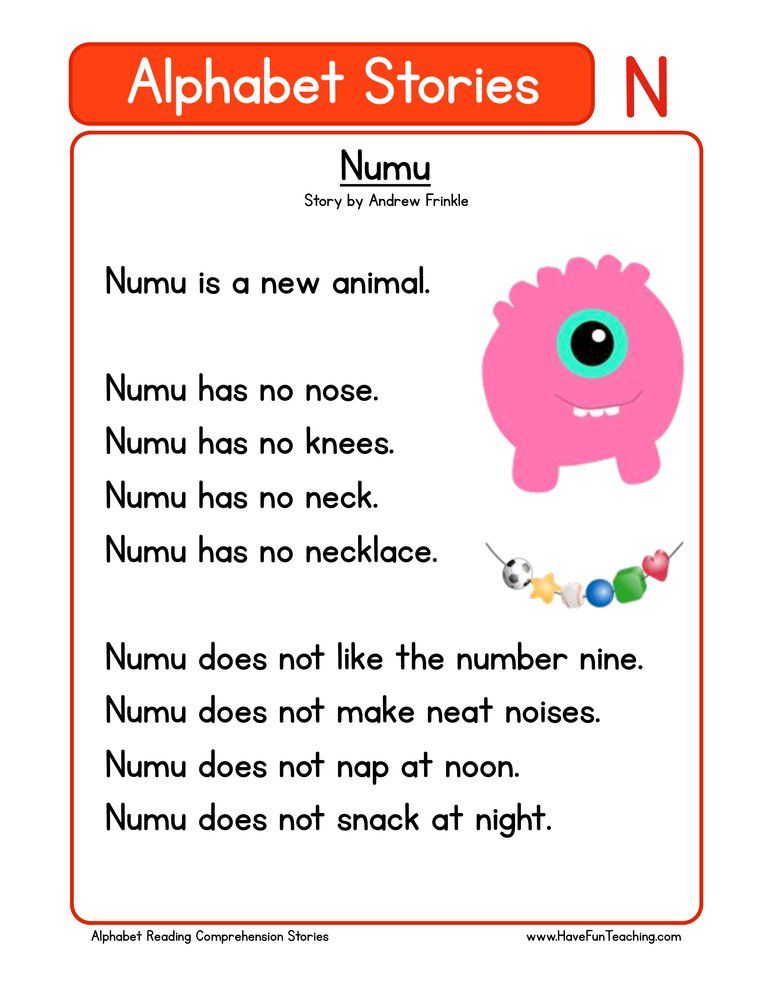 If I choose neither, I annoy my parents and I break the two women’s hearts. It’s a no-win situation, an impossible choice, and here I am, forced to choose.
If I choose neither, I annoy my parents and I break the two women’s hearts. It’s a no-win situation, an impossible choice, and here I am, forced to choose.
I need your help, Alexa. You’ve always known what is best for me. You’re my best friend, and your advice is always right.
What should I do, Alexa?
John
There was a second piece of paper in the envelope, a reply from Alexa. It was short and simple, and yet it said so much:
Follow your heart, John, and you’ll make the right choice.
Nadine had been thinking about the letter all night, and it had kept her wide awake. She expected one great romance, and she’d found another – but how did it end? Who did John choose?
It was that question that brought her back to the house that next day, saw her rap on the door and search for words as she realised she had no idea what she was going to say.
The older lady opened the door.
“I don’t know if you remember me,” Nadine rambled, “I was here yesterday. You gave me the book.”
You gave me the book.”
“Yes, of course, my dear. Is everything okay?”
She produced the letter, and handed it to the lady, who opened it and started scanning it.
“I found this – it belonged to your husband. I read it, I hope you don’t mind, just to see what it was. But now I need to know what happened – what’s your name, ma’am?”
The lady finished the letter, and smiled, memory-filled tears in her eyes:
“It’s Alexa, dear.”
This story is part of a brand new Creative Writing series within the Boar Arts section! If you want the opportunity to feature in the new creative section of the Boar, you can submit pitches to [email protected].
Writing - World Historical Encyclopedia
Cuneiform
Jan van der Crabben (CC BY-NC-SA)
Writing is the physical embodiment of sounding speech. It is believed that people began to use the language around 35 thousand years BC, which is confirmed by Cro-Magnon cave drawings dating from about 50-30 years. BC. and apparently depicting the realities of everyday life. These images are indicative of the language, as in some cases they convey narratives (for example, the story of a hunting expedition or other events), and not just depict animals and people.
BC. and apparently depicting the realities of everyday life. These images are indicative of the language, as in some cases they convey narratives (for example, the story of a hunting expedition or other events), and not just depict animals and people.
However, the written language appears only in Sumer in the south of Mesopotamia (Mesopotamia) around 3.5 - 3 thousand years BC. This early form of writing is called cuneiform and consists of special marks left in wet clay with a reed writing instrument. Egypt also used its own writing system, even before the beginning of the Early Kingdom period (3150 BC). It became known as hieroglyphic writing. It is believed to be derived from Mesopotamian cuneiform writing, although this theory has been disputed.
The phonetic writing systems of the Greeks (from Greek φωνηεντικός - "sound"; from φωνή - "sound"), and later the Romans came from Phoenicia. The Phoenician writing system, although very different from the Mesopotamian, still owes its existence to the Sumerians and their achievements in writing.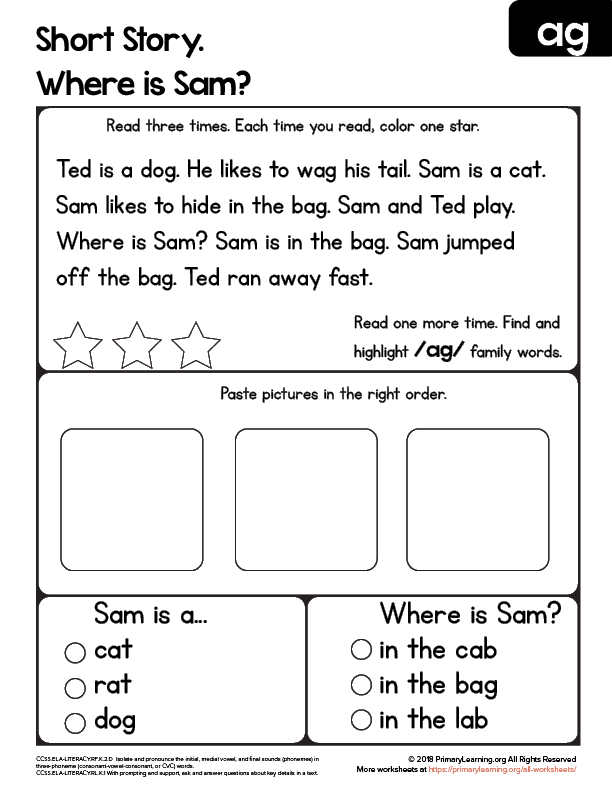 Regardless of the Middle East and Europe, writing appeared in Mesoamerica among the Maya tribes around 250 AD. In the same way, writing arose independently in China, according to some evidence, as early as 500 BC.
Regardless of the Middle East and Europe, writing appeared in Mesoamerica among the Maya tribes around 250 AD. In the same way, writing arose independently in China, according to some evidence, as early as 500 BC.
Writing and historical science
Writing in China developed from priestly bone divination in 1200 BC. and apparently arose independently, since there is no evidence of cultural ties between China and Mesopotamia at that time. Ancient Chinese soothsayers divined by etching marks on the bones, which then glowed in the fire until they cracked. The cracks were interpreted by the priests. If a priest applied the signs “It will rain on Tuesday” and “It will not rain on Tuesday” on a bone or shell, the pattern of cracks helped them to establish that this was true. Over time, these signs developed into Chinese writing.
History as a science is impossible without writing, because otherwise there would be no context in which to place physical finds from the ancient past. Writing preserves evidence of people's lives, and therefore is the first necessary step towards the history of culture and civilization. The most striking example of this dependence is the difficulties that researchers of the 19th and early 20th centuries encountered in trying to understand the Maya civilization. They could not read the Mayan glyphs and therefore erroneously interpreted many of the artifacts found at the excavations. Early explorers of Mayan cities such as Stevens and Catherwood believed they had discovered traces of an ancient Egyptian civilization in Central America.
Writing preserves evidence of people's lives, and therefore is the first necessary step towards the history of culture and civilization. The most striking example of this dependence is the difficulties that researchers of the 19th and early 20th centuries encountered in trying to understand the Maya civilization. They could not read the Mayan glyphs and therefore erroneously interpreted many of the artifacts found at the excavations. Early explorers of Mayan cities such as Stevens and Catherwood believed they had discovered traces of an ancient Egyptian civilization in Central America.
The same problem is obvious for understanding the ancient kingdom of Meroe (the territory of modern Sudan), because the Meroitic alphabet has not yet been deciphered - like the so-called Linear A of the ancient Cretan-Minoan culture, which is still not understood by us.
The invention of writing
The Sumerians first used writing to communicate over long distances, which was necessary for trade.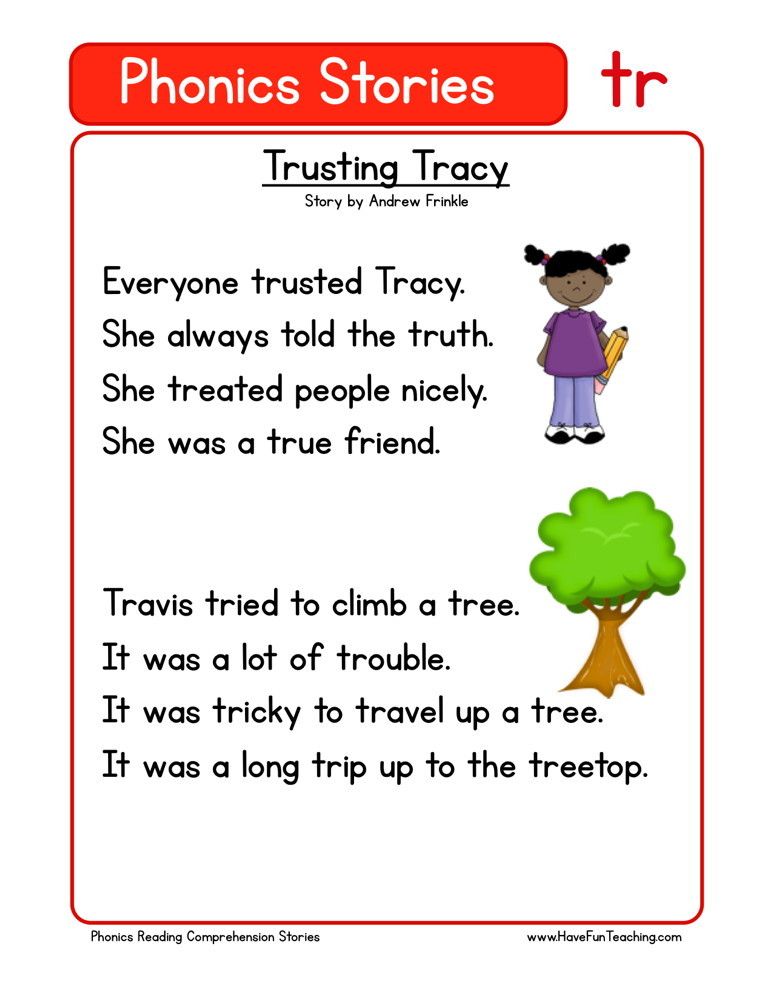
The Sumerians first began to use writing to transmit messages over long distances, which was necessary for trade. With the growth of cities in Mesopotamia, and as a result of the need for resources that were lacking in the region, trade with remote areas developed, and with it the need arose to transmit messages between cities and areas separated by great distances.
The earliest form of writing was pictograms - symbols for naming things. They were used to remember how many sacks of grain were sent where and how many sheep were needed for sacrifice in temples. These pictograms were extruded on wet clay, which was then dried. This is how official trade documents were created. Since beer was very common in ancient Mesopotamia, many of the early records that have survived speak of the beer trade. Thanks to the pictograms, it was possible to tell how many jugs or barrels of beer were given, but it is not always known to whom and at what price. As the historian Krivachek notes:
Everything that was developed at that time was only a way to take notes on things and objects, and not a writing system as such.
The entry “Two sheep the temple of the goddess Inanna” does not tell us whether the sheep were delivered to the temple or received from the temple, whether they were carcasses or live animals, nor any other information about them” (63)
To express concepts more complex than trade exchange and lists of things, a more developed writing system was needed, which was created in the Sumerian city of Uruk in 3200 BC. Pictograms were still used, but gave way to phonograms - symbols representing sounds - and these were the sounds of the living speech of the Sumerian people. With the help of phonograms, it was possible to convey the meaning more accurately and thus, in the example with two sheep and the temple of Inanna, it would be possible to clarify whether the sheep were received by the temple or from the temple, whether they were alive or not, and what was their role in the life of the temple. Previously, people had only simple images of objects, such as a temple and sheep, at their disposal. With the development of phonograms, a flexible tool appeared for conveying direction and other meanings.
With the development of phonograms, a flexible tool appeared for conveying direction and other meanings.
Also, while early writing (known as proto-cuneiform) was limited to lists, the author could now indicate the meaning of each of the things. As Professor Ira Spar writes:
This new type of interpretation of symbols is called the rebus principle. In the early stages of the existence of cuneiform between 3200 and 3000 B.C. BC. there are just a few examples of its use. The consistent use of this type of phonetic writing becomes apparent after 2600 BC, marking the beginning of true writing. It was characterized by complex combinations of signs for whole words and phonograms - signs for vowels and syllables and allowed the scribe to express abstract concepts. By the middle of the third millennium BC, cuneiform writing, mainly on clay tablets, was widely used in economic, religious, political, literary and scientific documents.
Sun Tzu's Art of War
Coelacan (CC BY-SA)
Writing and Literature
This new way of transmitting information allowed scribes to record contemporary events, local beliefs and, over time, create works of art that would have been impossible without writing: literature. The first writer in history was the Mesopotamian priestess En-hedu-Ana, daughter of Sargon of Akkad, who composed hymns to the goddess Inanna and signed them with her name and personal seal.
The first writer in history was the Mesopotamian priestess En-hedu-Ana, daughter of Sargon of Akkad, who composed hymns to the goddess Inanna and signed them with her name and personal seal.
The so-called "Tale of Aratta" - four poems, telling about the ruler En-Merkara of Uruk and his son Lugalband, composed most likely between 2112-2004 BC. (although they were only recorded around 2017–1763 BC). In the first of them, "En-Merkar and the Lord of Aratta", it is said that writing arose thanks to the messenger of King En-Merkara, who had to constantly transmit messages between him and the ruler of the city of Aratta. In the end, the messenger stopped coping, because he had to memorize more and more, and then En-Merkara came up with the idea of recording messages. And so writing was born.
The Epic of Gilgamesh is considered the world's first epic narrative and one of the earliest surviving literary works. It was written down in 2150 BC, and was created even earlier and tells how the great king of Uruk Gilgamesh, a descendant of En-Merkara and Lugalbanda, was looking for the meaning of life.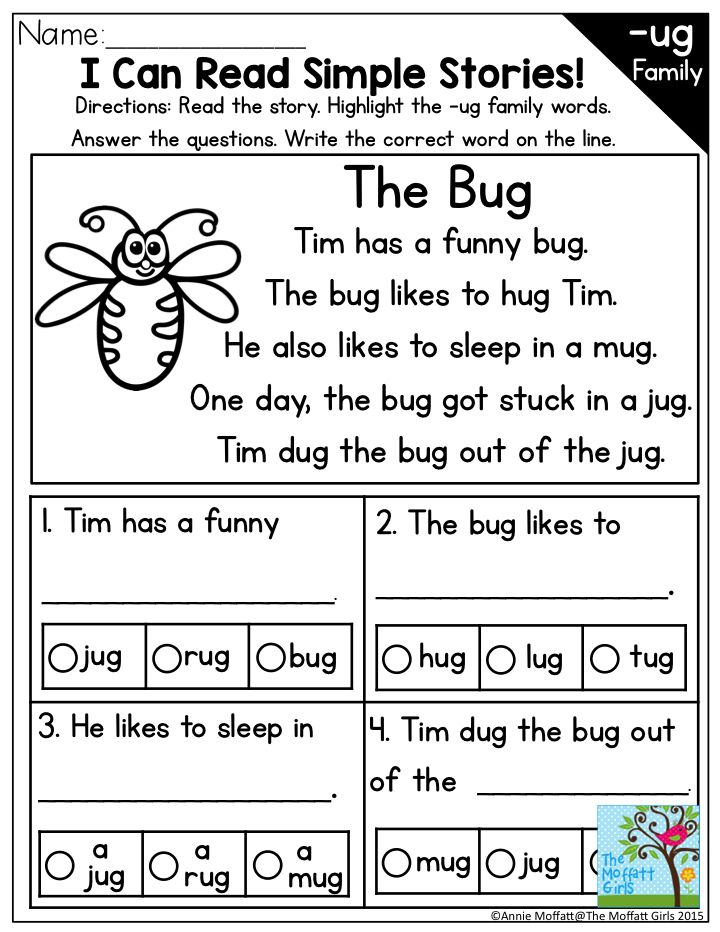 The myths of the peoples of Mesopotamia, legends about their gods and heroes, their history, their customs of construction, burial, celebrations - everything could now be written down for posterity. Writing made history possible, because now events could be recorded so that any literate person could later read them. It was no longer necessary to expect that all these stories would be remembered and accurately recreated from memory by a local storyteller. Researcher Samuel Noah Kramer notes:
The myths of the peoples of Mesopotamia, legends about their gods and heroes, their history, their customs of construction, burial, celebrations - everything could now be written down for posterity. Writing made history possible, because now events could be recorded so that any literate person could later read them. It was no longer necessary to expect that all these stories would be remembered and accurately recreated from memory by a local storyteller. Researcher Samuel Noah Kramer notes:
[The Sumerians] developed a clay writing system that was adopted and used throughout the Middle East for two thousand years in a row. Nearly everything we know of the early history of western Asia has been preserved through clay documents streaked with Sumerian cuneiform and found by archaeologists. (4)
The importance of writing for the inhabitants of Mesopotamia is evidenced by the fact that during the reign of the Assyrian king Ashurbanipal (r. 685-627 BC), over thirty thousand books on clay tablets were collected in the library of the capital city of Nineveh. Ashurbanapal wished to preserve the heritage, culture and history of his land and was clearly aware of the importance of writing in order to achieve this goal. In his library, Ashurbanapal collected many literary works, such as the story of Gilgamesh or the story of Etana, as he understood that literature tells not so much the history of individuals, but the history of the whole people. Historian Duran writes:
Ashurbanapal wished to preserve the heritage, culture and history of his land and was clearly aware of the importance of writing in order to achieve this goal. In his library, Ashurbanapal collected many literary works, such as the story of Gilgamesh or the story of Etana, as he understood that literature tells not so much the history of individuals, but the history of the whole people. Historian Duran writes:
Literature is primarily words, and only then letters, despite the name. It comes from liturgical chants and Volkhov spells, usually pronounced by priests and transmitted orally, from memory. The word "carmina", which the Romans called poetry, meant both poetry and singing; "ode" in Greek originally meant a magic spell; the same with the English words "rune" and "le", the same with the German word "lead". Rhythm and meter, inspired perhaps by natural rhythms and the beat of life itself, were apparently invented by the magi and shamans to preserve, convey, and enhance the magic of spells in their poems.
From these cult origins came into the world, a poet, orator and historian: an orator as an official praiser of the king or a petitioner before a deity; the historian as a chronicler of the ruler's deeds; a poet as a singer of originally sacred chants, a writer and keeper of legends about heroes, and a musician who set his poems to music, as a warning to the people and rulers.
Book of the Dead Papyrus
Mark Cartwright (CC BY-NC-SA)
Alphabet
The role of the poet has become key to the preservation of heroic tales in various cultures throughout the ancient world. The Mesopotamian scribe Sin-Leke-Unninni (writing around 1300-1000 BC) was able to preserve and transmit the Epic of Gilgamesh. Homer (who lived around 800 BC) did the same for the Greeks, and Virgil (70-19 BC) did the same for the Romans. The Indian Mahabharata (written about 400 BC) conveys the oral legends of this country in the same way as the tales and legends of Scotland and Ireland. All these works and everything that came after them became possible only with the advent of writing.
All these works and everything that came after them became possible only with the advent of writing.
The early cuneiform writers created a system that fundamentally changed the world we live in. The past and experience of people could now be preserved through writing. The invention of the alphabet by the Phoenicians simplified writing and made it accessible to other cultures, but the very principle of writing symbols to represent words and concepts is much older than the Phoenician alphabet. Durant notes:
The Phoenicians did not create the alphabet, but only spread it. Borrowing it, evidently, from Egypt and Crete, they brought it gradually to Tire, Sidon, and Gebal, and spread it to all the cities of the Mediterranean; they were not manufacturers, but sales representatives of the alphabet. In the time of Homer, the Greeks were already adopting this Phoenician and related Aramaic version of the alphabet and calling it the Semitic names of the first two letters - Alpha and Beta (Hebrew Aleph and Bet ).
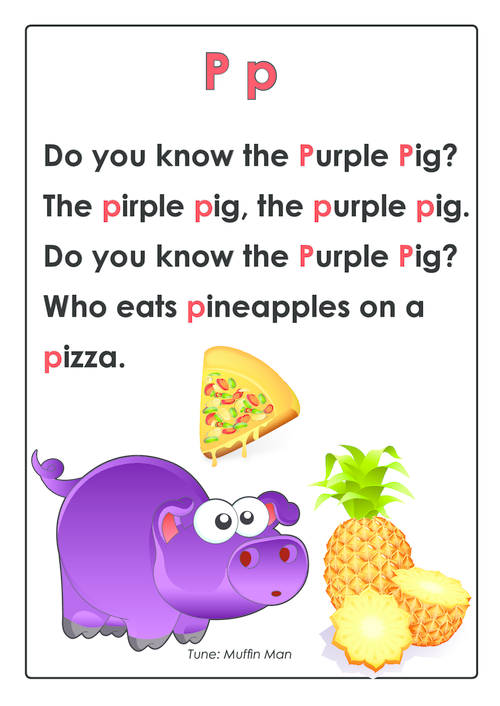
Early writing systems adopted by other cultures developed into the written languages of those cultures; so Greek and Latin became the basis for European writing, and Semitic Aramaic gave rise to Hebrew, Arabic, and possibly Sanskrit. Writing materials also evolved. From simple reeds and clay tablets used for cuneiform writing by early Mesopotamian scribes, to reed sticks and papyrus in Egypt, to Greek and Roman parchment scrolls, Chinese calligraphy, through the centuries to modern times, recycled paper and computer screens.
In all ages, from the very beginning, writing has served to convey the thoughts and feelings of an individual and his entire culture, history, all human experience, in order to preserve them for future generations.
History of Writing (Types) Types of Writing
Contents of the article
- Where did writing come from
- How to write?
- From picture to letter
- Time of letters
Writing is such a natural part of our life today that it no longer seems surprising to anyone how people could come up with such a complex sign system.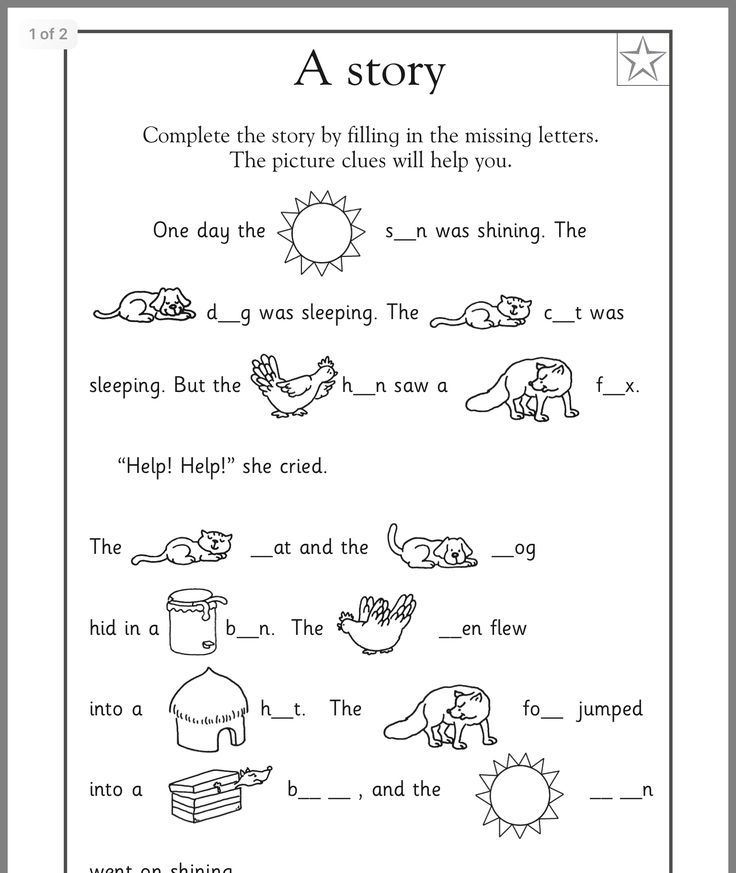 Without getting to know her, it is generally impossible to become a full-fledged member of the society of the 21st century. Perhaps the very question of why the written language appeared does not seem relevant: it seems to have always been there. But isn't it a miracle that the vast majority of nations at some point in their history came up with the idea of preserving their heritage and embodied this idea in very similar ways? Let's figure out how graphic signs appeared, how alternative types of writing differed from the phonetic ones we are used to, and why the modern system has such a look.
Without getting to know her, it is generally impossible to become a full-fledged member of the society of the 21st century. Perhaps the very question of why the written language appeared does not seem relevant: it seems to have always been there. But isn't it a miracle that the vast majority of nations at some point in their history came up with the idea of preserving their heritage and embodied this idea in very similar ways? Let's figure out how graphic signs appeared, how alternative types of writing differed from the phonetic ones we are used to, and why the modern system has such a look.
How writing arose
Let's start simple. It is clear that writing is a way of transmitting information using universal symbols over long distances and over significant time intervals. Thanks to writing, texts written in the Middle Ages or in the era of antiquity are available to us in the 21st century. Texts accumulate the knowledge of different peoples, store unique works of art for posterity, and are often works of art themselves (for example, the hieroglyphic writing of the ancient Egyptians or the conceptualism of the 20th century (John Baldessari "I will no longer create boring art", 1971).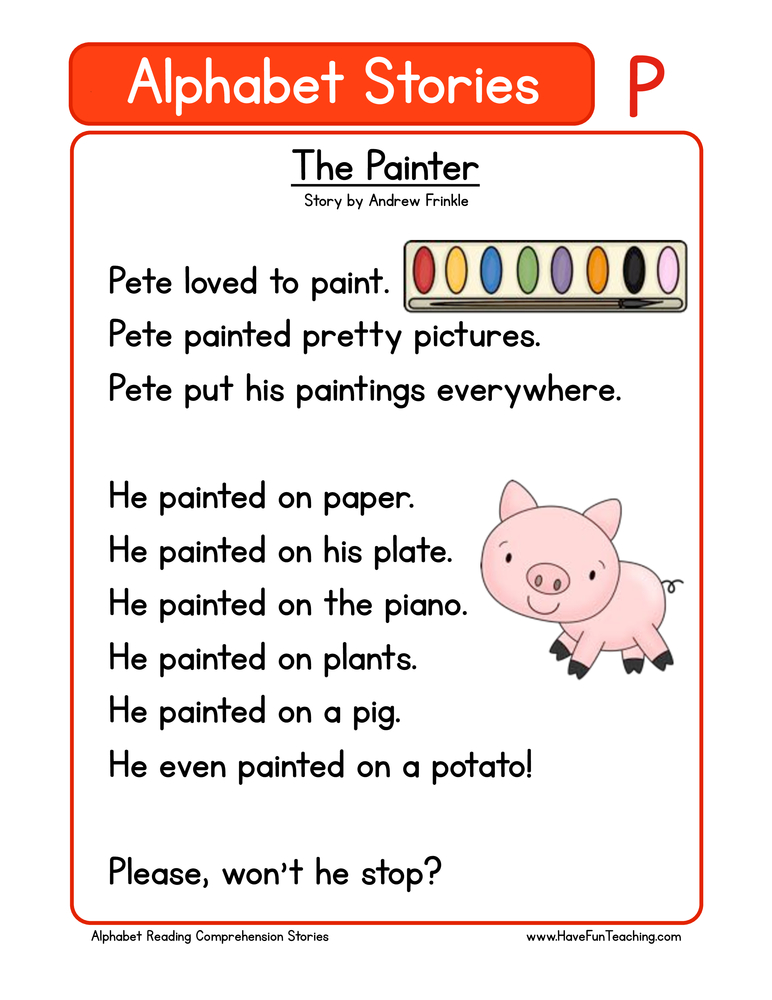
Writing arose along with the first city-states, because it became necessary to transmit messages quickly, over long distances, for example, during military operations. The pre-existing communal system (with a small number of interacting people living nearby) did not require a written communication between members of the community. Everything could be conveyed by gestures or verbally in person. However, the unification of lands into a state, where many people interacted with each other, led to new living conditions. For the first time, it became necessary to fix agreements within the policy and with neighboring cities.
Cuneiform - what is it?
So, early civilizations had a need to transmit messages, but there were no ready-made answers: how to do it? With what signs? On what material? Therefore, the time of experiments in the history of writing began. From the archaeological finds that have come down to us, several types of writing can be distinguished. They differ in form, the way the message is applied, materials (cuneiform, hieroglyphics, runes) or the sign systems themselves (pictograms, ideograms, syllabic, phonetic writing).
Cuneiform is the oldest form of writing known today, invented by the Sumerians (Tuppum of Shuruppak, ca. 2600 BC). Cuneiform symbols were pressed out with a pointed stick or other sharp object in soft clay, which made them wedge-shaped. This method of creating texts has become widespread among many peoples who have applied it to their sign systems (Hittite, Elamite cuneiform). Hieroglyphs are an ancient Egyptian writing system that involves carving images on a stone surface. Like cuneiform, it combined different stages of the formation of writing.
From a picture to a letter
Gradually the writing system became more complicated and refined, it went through several characteristic stages:
- Pictographic writing. The first symbols printed on clay were goods that could be counted. Pictographic images conveyed the most recognizable outlines of specific objects, creatures, could only mean objective things. They were suitable for the early stage of the development of languages, but became insufficient with the complication of geopolitical relations.
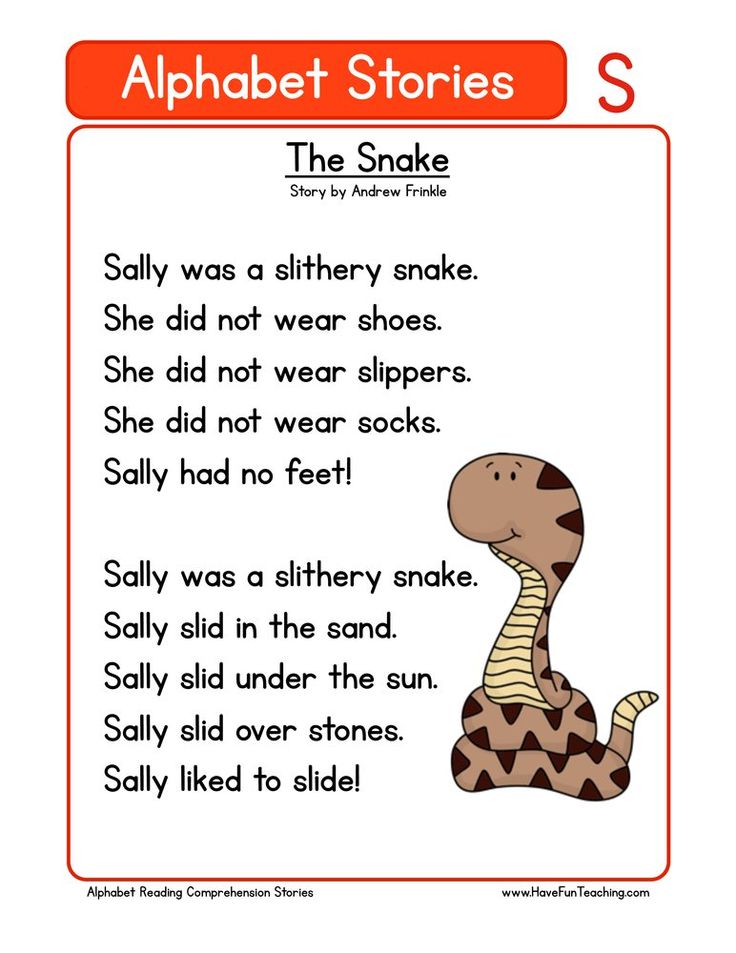 In pictographic writing, each character meant one object, which led to a constant increase in the number of characters (up to 500-600), which, of course, was inconvenient. Today we are using icons again - like application icons on the phone. The symbols of the gear, calculator, calendar clearly and concisely convey the necessary message to us without words.
In pictographic writing, each character meant one object, which led to a constant increase in the number of characters (up to 500-600), which, of course, was inconvenient. Today we are using icons again - like application icons on the phone. The symbols of the gear, calculator, calendar clearly and concisely convey the necessary message to us without words. - Over time, the system became more complex, combinations of symbolic images were formed. This is how ideograms were born (where several signs standing together conveyed some abstract idea, and not just pointed to a specific product or object). This stage made it possible to delay the emergence of new characters, increasing descriptive possibilities.
- Syllabic or syllabic writing is close to ideograms; here, too, a combination of several characters is used to form one word. A symbol usually means a syllable (for example, a consonant followed by a vowel) and, in combination with another syllable, give rise to some meaning.
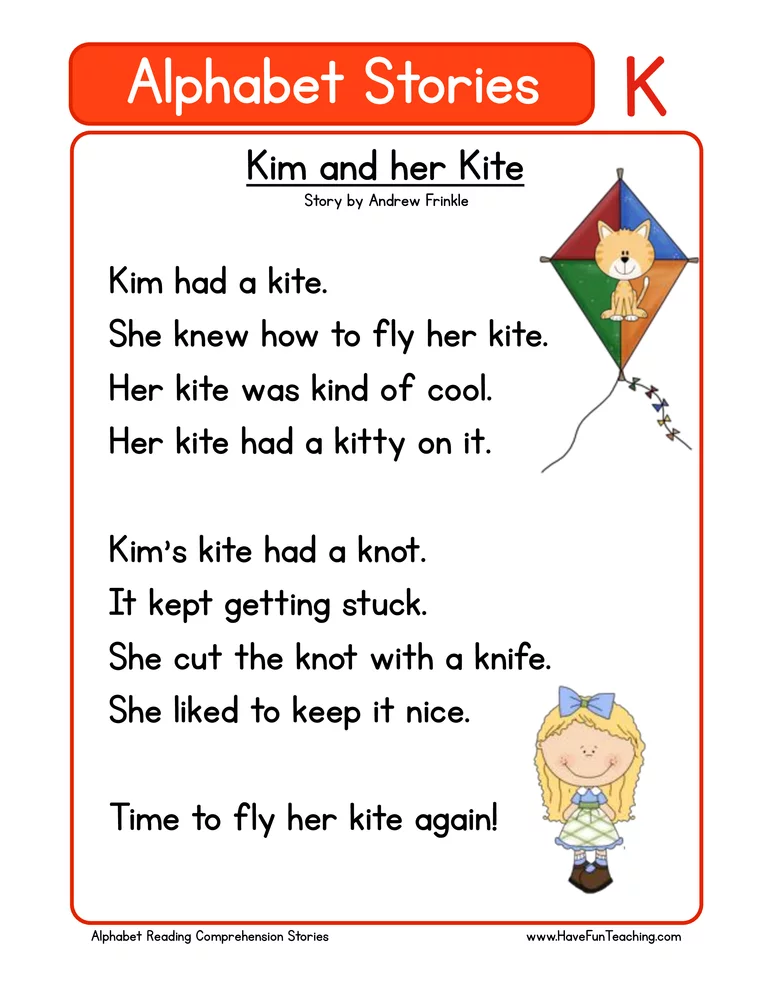
- But this was a step on the way to the appearance of phonetic writing familiar to us, in which the number of characters (letters) themselves is reduced to a minimum (26 in English, 33 in Russian alphabets), but there are a huge number of possibilities for combining them. Thus, the symbol conveys only individual sounds or phonemes, which on their own do not designate anything specific, but together acquire meaning. It was the possibilities of phonetic writing that gave enough freedom and variability to the language to convey a large number of abstract concepts, feelings, etc. This contributed to the development of poetry and literature in general. Phonetic writing is used today by us and the Western peoples we know.
Time of letters
By the beginning of our era, writing based on alphabetic characters was widely used. The great works of antiquity have already been written, ahead of the time of Christianity and the gradual formation of local European languages based on the Latin and Greek alphabets.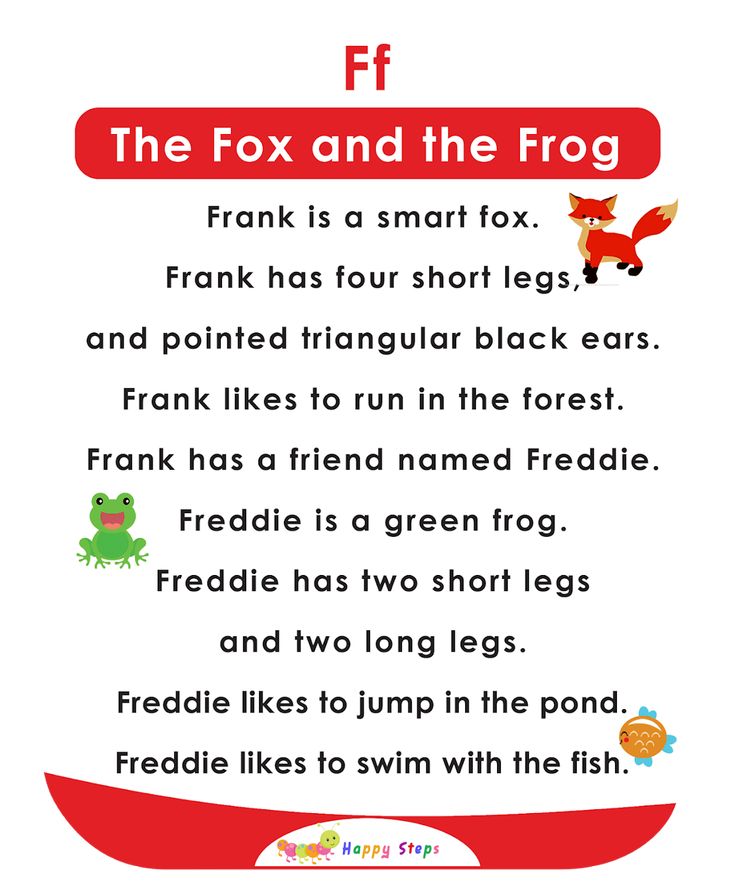 In the process of formation, many things had to be abandoned: so the runic writing that existed in Northern Europe was supplanted by Latin and Cyrillic, in which liturgical texts were written. However, the secret writing (“run” - secret) was not completely forgotten, it really became secret, moving into an unofficial culture that supported pagan traditions.
In the process of formation, many things had to be abandoned: so the runic writing that existed in Northern Europe was supplanted by Latin and Cyrillic, in which liturgical texts were written. However, the secret writing (“run” - secret) was not completely forgotten, it really became secret, moving into an unofficial culture that supported pagan traditions.
This is how writing gradually developed, sacred texts were copied and stored, pagan sources were almost ignored or destroyed. The production of books remained expensive, and not everyone could write, the common population of the country was mostly illiterate. Everything went on as usual until, in the middle of the 15th century, John Gutenberg was the first to use the printing press for mass production of books. This invention not only simplified and cheapened the production of texts, but gave a powerful cultural impetus to the entire Western world. Then began a new era in the history of writing, which continues to this day.

